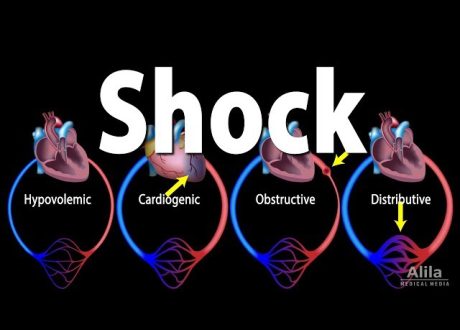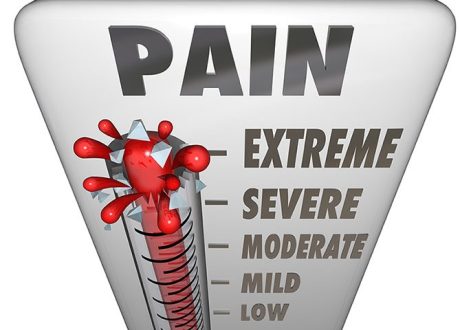Alexandria J. Wiersma MD, Benjamin Bernier RN, Jan Leonard MSPH, Debra Faulk MD, Michael DiStefano MD and Joseph Wathen MD
Journal of Emergency Medicine, 2020-06-01, Volume 58, Issue 6, Pages 864-873, Copyright © 2020 Elsevier Inc.
Abstract
Background
Ketamine is a well-studied and safe medication used for procedural sedation in the pediatric emergency department (ED). However, in our ED and urgent care (UC), we had higher rates of respiratory events receiving intervention (REs) than has been reported nationally.
Objective
A quality improvement (QI) project was initiated to address this problem with the following aim: during a 24-month period, we aimed to decrease REs during i.v. ketamine sedation from > 10% to < 6% in our network of EDs and UCs.
Methods
Inclusion criteria included patients in our EDs and UCs who received i.v. ketamine for procedural sedation. We organized a multidisciplinary team to identify key drivers for the primary outcome (i.e., REs) and establish interventions. We based process measures on key interventions and utilized 2 Plan-Do-Study-Act (PDSA) cycles, which we evaluated with Shewhart P (provost) charts. Balancing measures included length of sedation, success of sedation, and length of stay.
Results
REs decreased from 11.4% to 4.9%; this rate was maintained for 12 months, starting 1 month after PDSA cycle 2 implementation. There was no difference in REs for length of stay, length of sedation, or success of sedation.
Conclusions
Using QI methodology, we reduced and maintained rates of RE to < 6%. Due to the nature of the project, it is difficult to link one intervention to the reduction in REs; however, a significant shift occurred just after PDSA cycle 2 interventions. This project can give a guideline for interventions to improve the safety of pediatric ketamine sedations.










